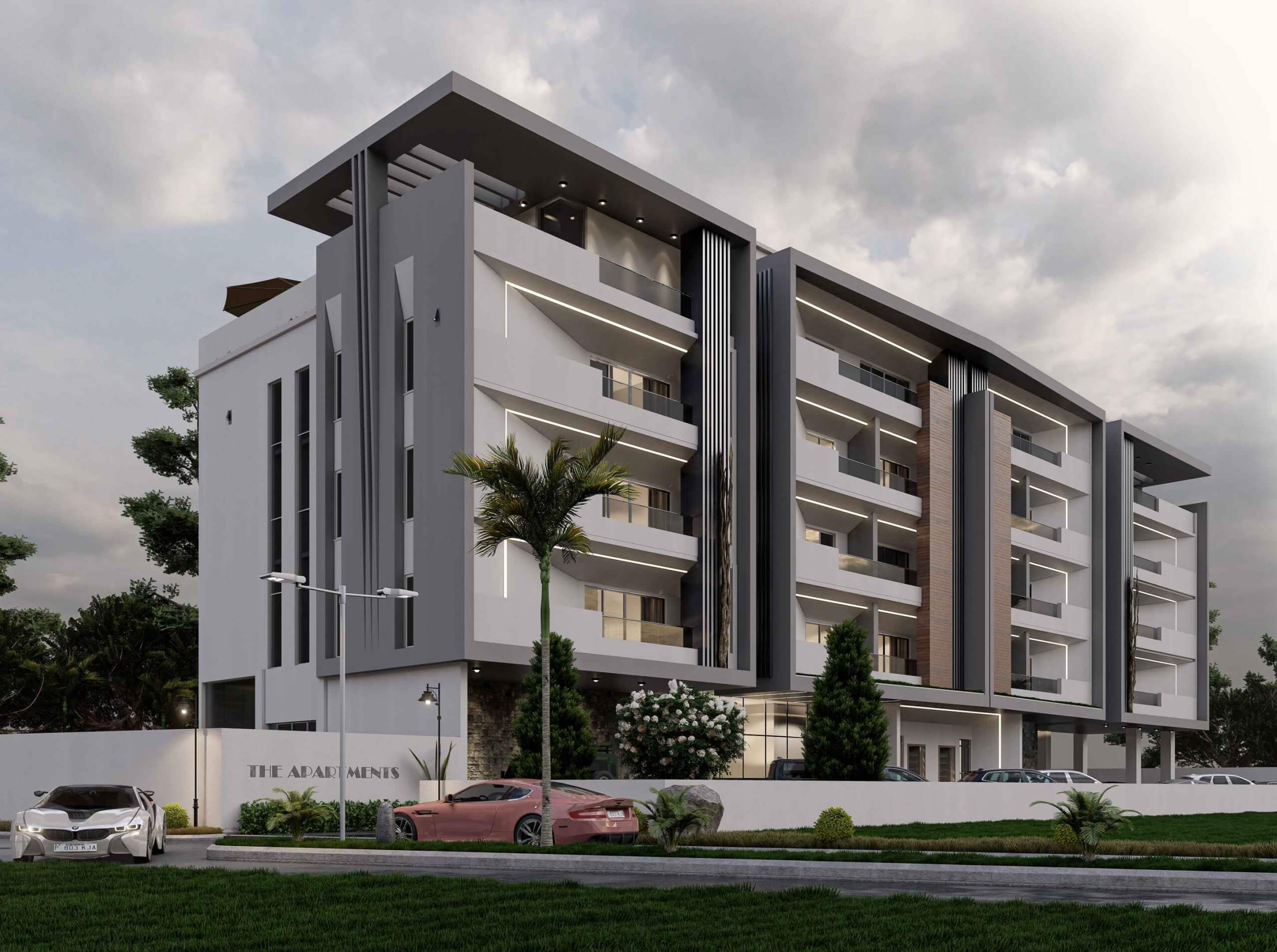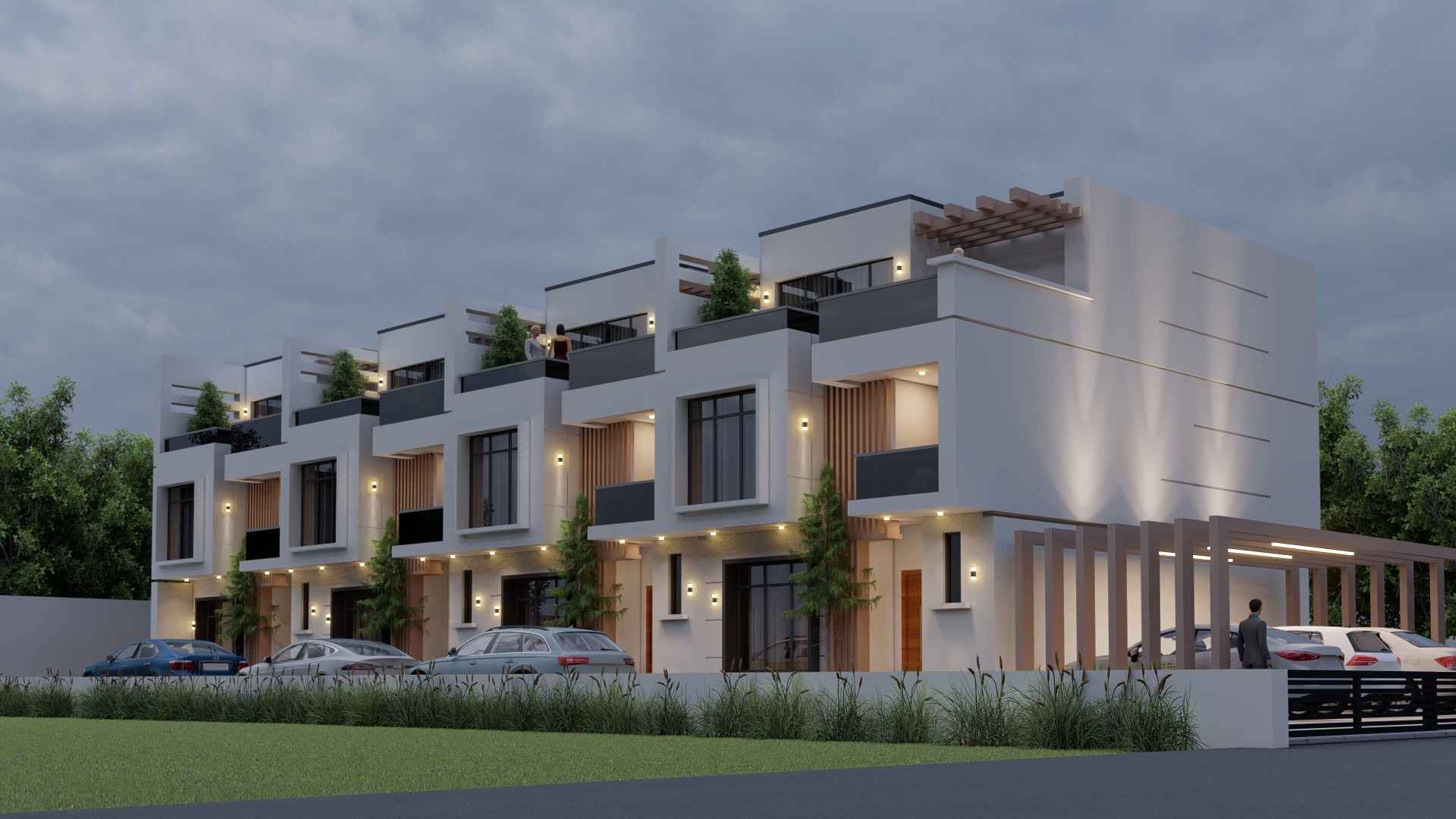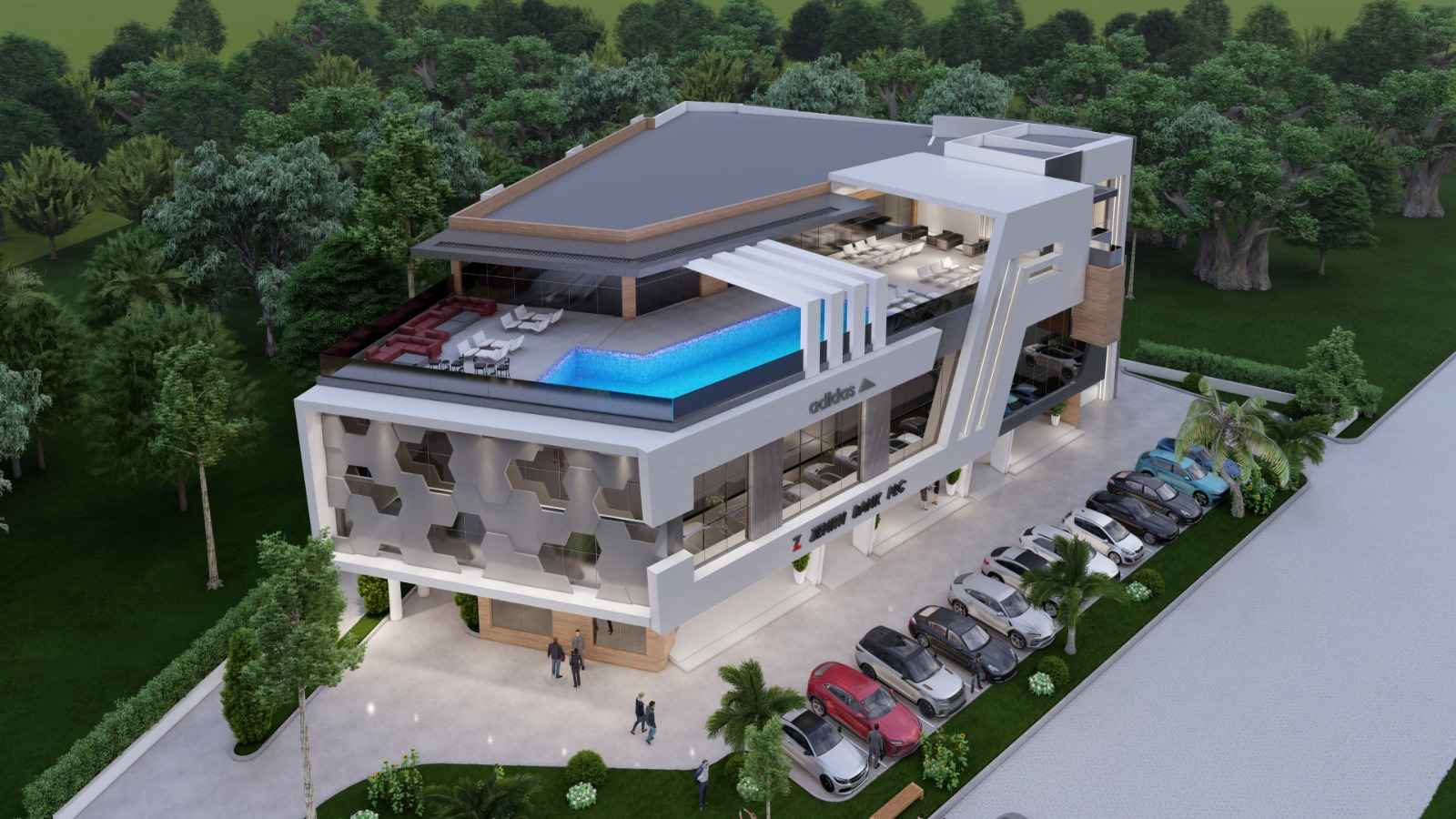Inclusive Architecture: Creating Spaces for People of All Abilities
Inclusive architecture is an approach to designing and constructing buildings and spaces that consider the diverse needs and abilities of all individuals. It aims to create environments that are accessible, comfortable, and welcoming for people of all abilities, including those with disabilities. Here are some key principles and considerations for inclusive architecture:Universal Design:…










